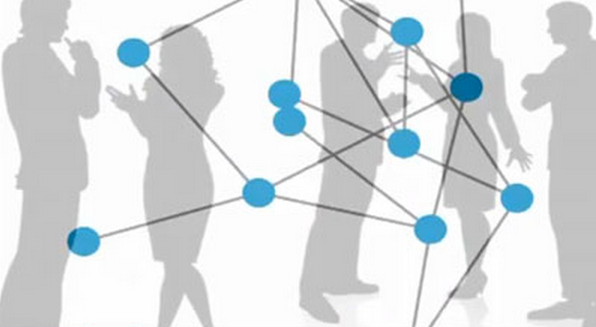#55 Infectious diseases and Antibiotics

An infectious disease is one that can be passed between one person and another. Infectious diseases are caused by pathogens. These are usually microorganisms such as viruses, bacteria, fungi or protoctists. A non-infectious disease cannot be passed between people and is not caused by pathogens. Examples include sickle cell anaemia and lung cancer. Disease can be defined as a condition in which the body does not function normally, and which produces unpleasant symptoms such as pain, distress or feeling weak. The term disease is generally used for conditions that last for at least several days. Important infectious diseases 1. Cholera Cause Cholera is caused by a bacterium, Vibrio cholerae. Vibrio choleae. Transmission V. cholerae can enter the body in contaminated food or water. The bacteria breed in the small intestine, where they secrete a toxin that reduces the ability of the epithelium of the intestine to absorb salts and water into the blood. These are lost in the faeces, causing d...
